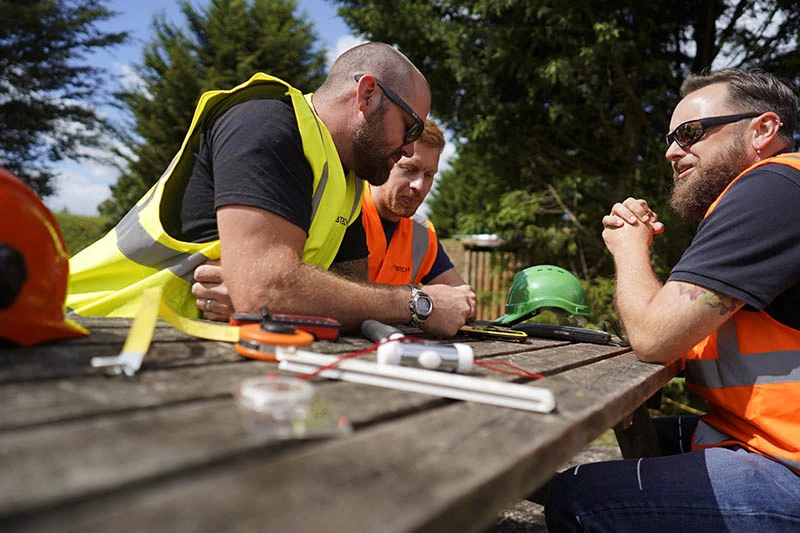Birmingham’s Urban Form and Landscape Setting
With its scale, history and diversity reflected in its landscape character, Birmingham is the UK’s second city. Once at the heart of the industrial revolution, Birmingham grew rapidly through its canals, factories and Victorian housing. Today, the city’s skyline is evolving again, with striking new development around the Bullring, Centenary Square and the Jewellery Quarter.
Beyond the city centre, Birmingham is surrounded by green belts, suburban parks and open countryside. One of Europe’s largest urban parks (Sutton Park) and the woodlands of Lickey Hills Country Park show how the surrounding landscape plays an important role in shaping the city’s identity. The contrasts between townscape character and open land mean that development proposals in Birmingham often need a detailed landscape character assessment to determine their potential impact.
As the city continues to grow, landscape planning helps ensure that heritage assets, green spaces and community views are respected. By using professional landscape character services, developers can identify how a project fits within the existing context and design with greater confidence.
Planning Decisions and the Role of LVIA
In a city as complex as Birmingham, landscape design services are essential to support effective planning. New planning projects in areas like Eastside, Digbeth or around the expanding transport hubs bring opportunities but also challenges. Townscape and visual impact must be carefully managed to avoid overshadowing heritage features, disrupting valued public spaces, or creating adverse effects on views.
Due to this, a landscape and visual impact assessment (LVIA) is invaluable. Also called a landscape visual impact assessment, an LVIA considers both landscape character and townscape character, providing decision makers from local planning authorities with the evidence they need to judge planning applications. Landscape architects draw on theoretical visibility studies, field surveys and policy analysis to predict how a project will look once built. Such assessments can be decisive at planning appeals or public inquiries, where independent expert evidence may be required.
Birmingham’s rapid regeneration has also raised questions of landscape capacity – how much new development an area can accommodate before its character is overwhelmed. Landscape character assessments and related landscape services address this by setting out what the land can support and identifying mitigation measures where necessary. The landscape-led approach supports sustainable growth while reducing the potential effect on the wider environment.
Workings of a Landscape Visual Impact Assessment
A professional landscape and visual impact assessment (LVIA) begins with a site appraisal and a landscape character assessment. It establishes the baseline: what is already there, how the land is used and what makes it distinctive. In Birmingham, this might include the canal network, industrial heritage assets, green corridors or historic districts like the Jewellery Quarter. Landscape capacity is then considered, helping developers understand whether their proposals sit comfortably within the existing framework.
The next step focuses on townscape and visual impact. Landscape architects identify visual receptors – such as people living near the site, commuters on major roads or visitors to parks – and assess how the proposed development will appear from those viewpoints. Theoretical visibility mapping is often used to identify where the scheme will be most prominent.
Where risks are identified, mitigation measures are proposed, potentially including adjustments to landscape design, such as planting, screening or altering the layout and height of new buildings. The refinements reduce adverse effects and improve the overall fit of the project.
The outcome is a structured report that provides services beyond simple description. It offers practical recommendations, informed by Birmingham’s planning context, and helps decision makers evaluate both positive contributions and potential impacts. A strong track record of delivering such assessments gives developers confidence that their planning applications will be taken seriously.
Our Role in Supporting Development in Birmingham
At Arbtech, we provide services in landscape character assessment, LVIA and landscape planning across Birmingham and the wider West Midlands. Our landscape architecture team has a proven track record of helping clients navigate planning applications, public inquiries and appeals.
Whether you’re working on a large new development or a smaller urban project, we’ll assess the possible negative effect, recommend mitigation measures, and present findings in a way that supports effective planning decisions. For a free quote and site visit, get in touch today by phone, email or online, and let’s make sure your Birmingham project moves forward with confidence.


